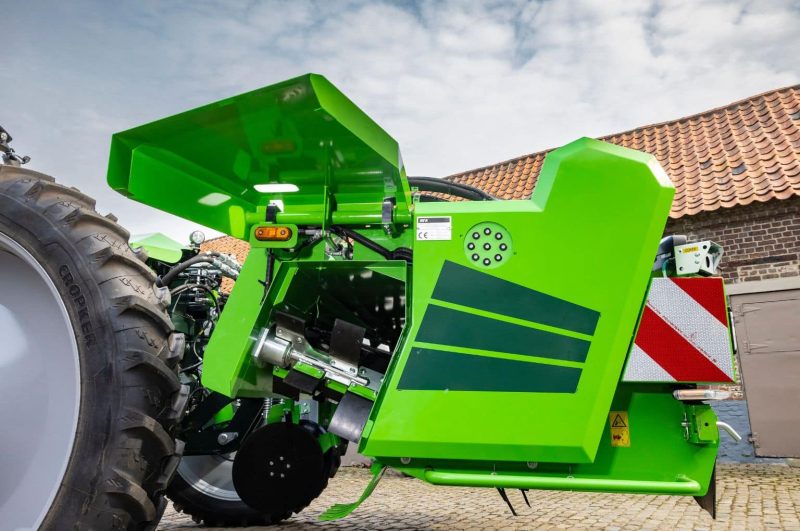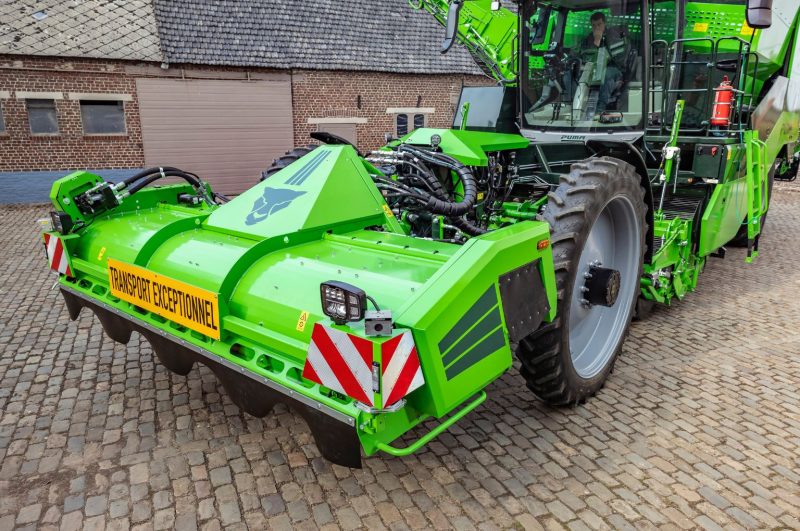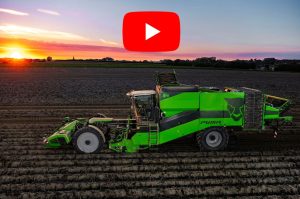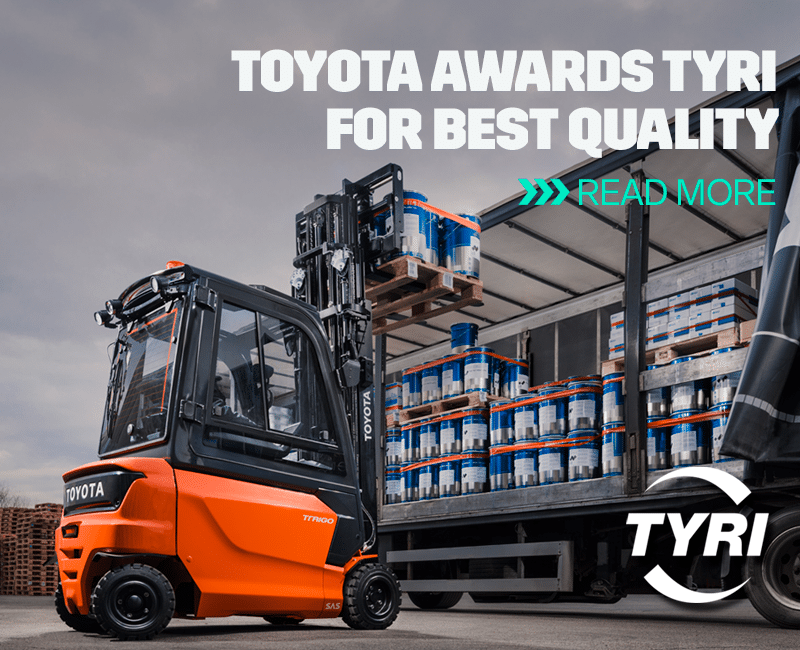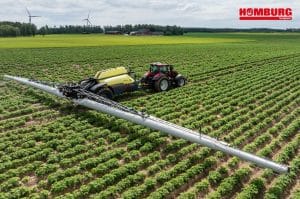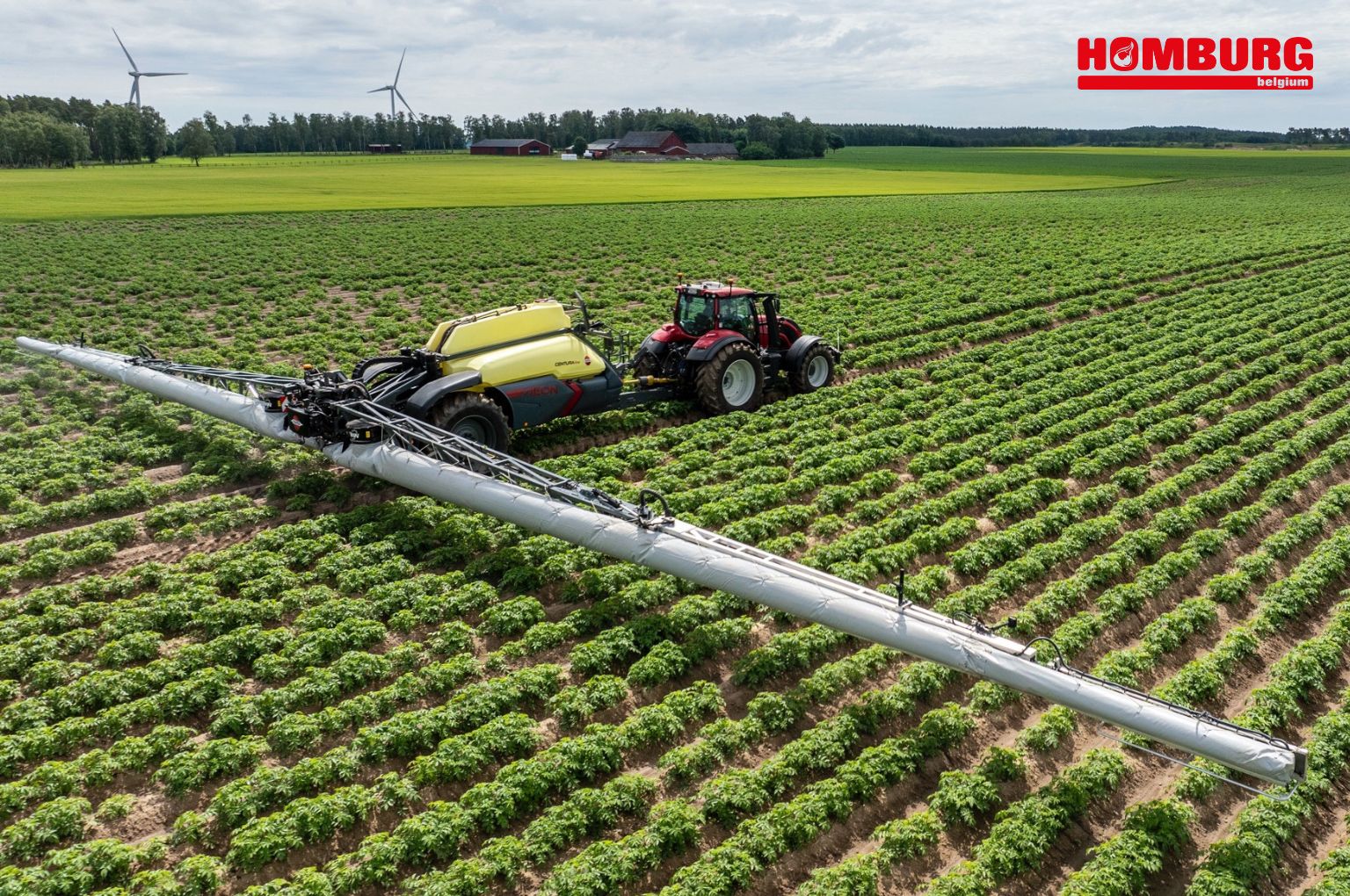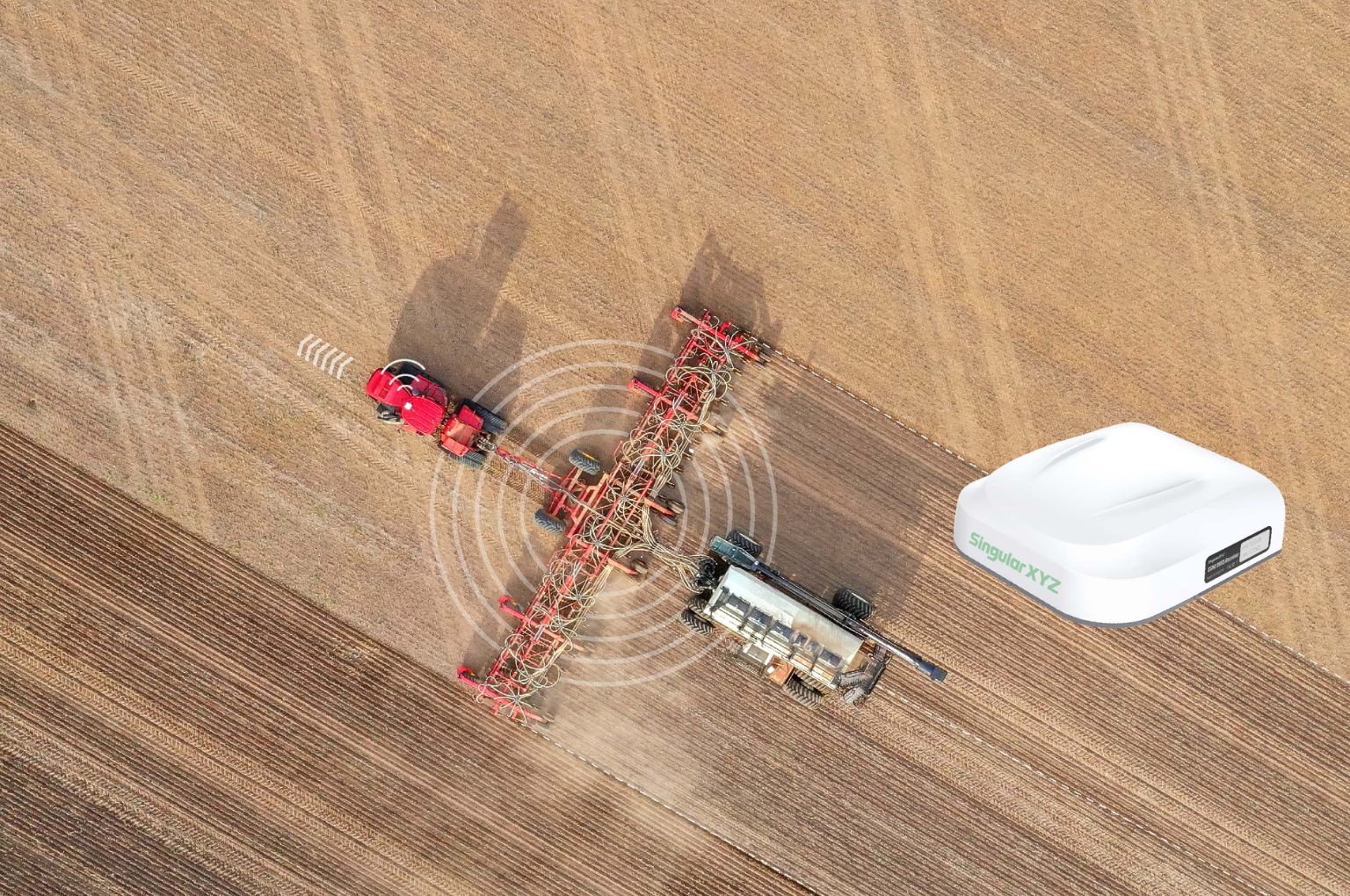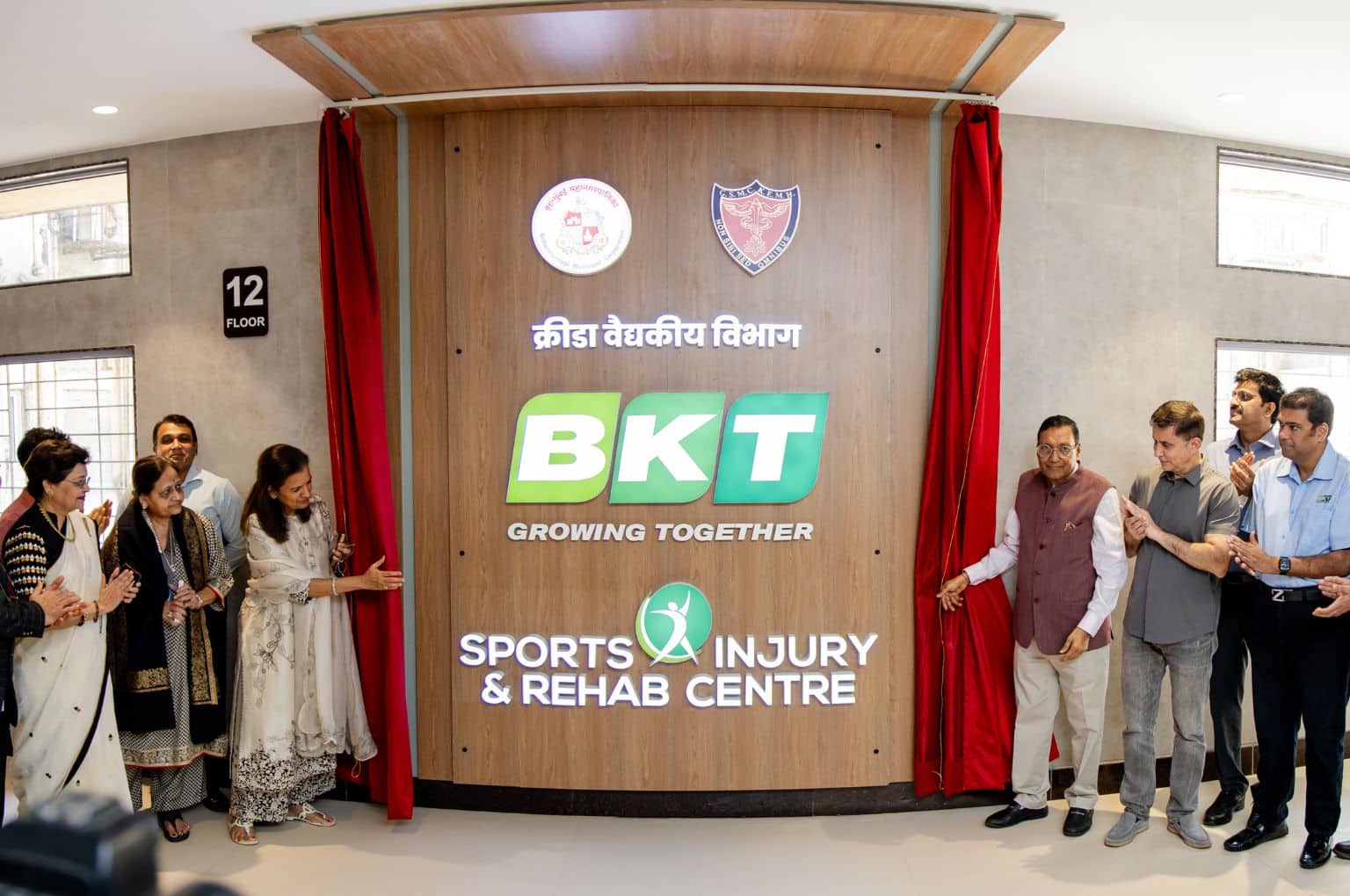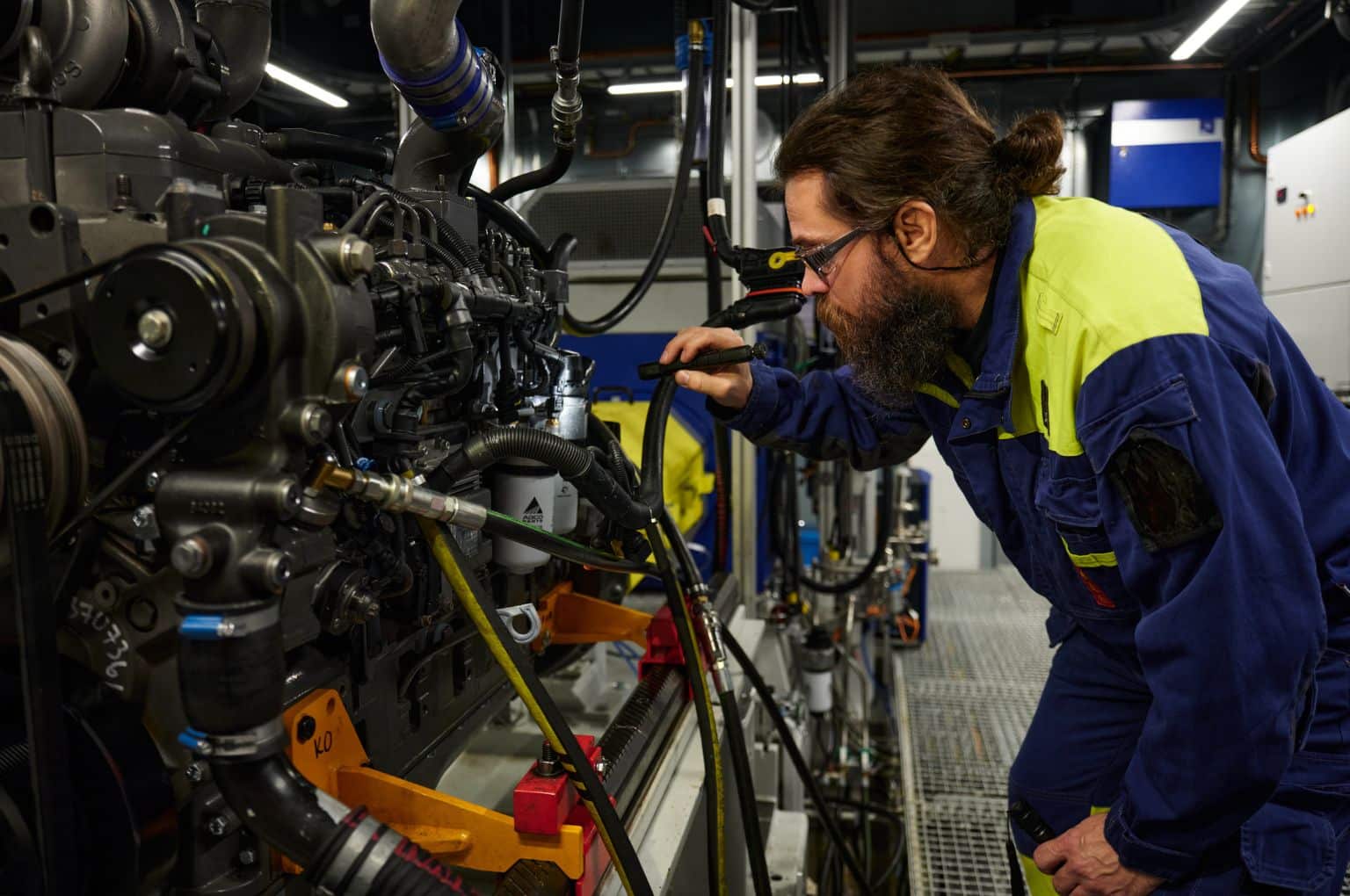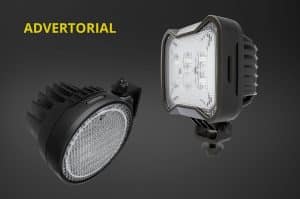Up till its introduction in 2006, 4-row self-propelled harvesters were either oversized machines, or they lacked the necessary sieving capacity to achieve a 4-row harvest. “The Puma tackled the imitations,” according to Pieter Galle, Product Director at AVR.
“The conditions in the field have never been more challenging. Climate change, an increasing potato acreage, periods of drought and floods, hard clods and stones, and a shortage of workers lead to increasingly stringent requirements for the harvesters. But these challenges have inspired us. We saw one last chance to transform our existing machine into this ultimate version that is ready to take on the challenges of both today and tomorrow. With this fifth generation, we continue to build on the Puma’s concept, while focusing on user-friendly modernization and an increase in capacity thanks to the optimized haulm processing modules, sieving path, cleaning unit and bunker.”
What’s in a name?
Speed, maneuverability and force are the features the Puma owes its name to. These were further developed with amongst others a sharper rotation angle, 551 HP engine power and an upgraded hydraulic system.
All the existing characteristics have been preserved: the Varioweb combination of cleaning modules, lightweight construction, low fuel consumption, large tires, optimal weight distribution, user-friendliness and the option to operate on tracks.
The cleaning modules allow for the cleaning surface to be increased by 20%. Thanks to the reduced drop height at the haulm roller units, the product transfer goes smoothly and potato-friendly. All sieving webs have been given more available power and are individually reversible, for maximum flexibility in every working condition. The Varioweb system offers maximum flexibility for using the axial rollers. Depending on the circumstances, the rollers can be used fully, partially or not use them at all.
Now it is possible to set the Varioweb cleaning unit between -2.5° and 7.5° directly from the cabin, directly responding to the cleaning needs. This ensures maximum cleaning efficiency, both driving uphill and downhill, thus fully making use of the available cleaning capacity. Furthermore, the surface of the pintle belt has been extended by 10% to allow a higher sieving capacity and a better functioning pintle belt.
The bunker of the AVR Puma has 25% extra volume (up to 10 tons) thanks to the redesigned fixed part and the new raising plates which automatically fold out when in Field Mode. To quickly unload this larger volume, the full bunker is raised 40 cm using a parallelogram construction. This allows to unload 50% faster. Moreover, the unloading arm can unload across four rows, even in high dumpers, which is useful when opening a field.
An additional cleaning roller and an open rod elevator ensure optimum cleaning, known as “AVR Clean & Go”.
Well maneuverable
Also the haulm topper was upgraded. It features 40% more rotor power for tough or abundant haulm, standard integrated haulm spreader as well as the option to easily change ejection sides, useful when opening fields and plot edges.
The haulm roller units have also been upgraded. By connecting these to the nose roller of the subsequent sieving web, drop heights are reduced. The position of each haulm roller can be easily adjusted from the side of the machine or directly from the cab. The haulm rakes that guide the haulm towards the haulm roller at the first haulm roller unit cover the entire width and can be adjusted from the cab.
From his seat, the operator has a perfect view on the digging unit, which has been placed slightly forward. The redesigned ACC digging unit is equipped with a quick-change system allowing to disconnect the full digging unit in one move. This allows switching to harvesting another crop such as onions, in less than half an hour.
Comfortable cab
The Puma is well maneuverable, thanks to the front axle which now has a 55° steering angle, a 5° increase. The rotation angle on the rear axle amounts to 24°, an increase by 4°. The trailing axle with its wide wheels ensures an even ground pressure. The choice of large wheels ensures a substantial ground clearance, also enabling the machine to use under extreme conditions. If needed, the rear wheels can simply be replace by tracks.
The new Claas X11 cab offers the driver a comfortable and intuitive work environment. The ergonomic AVR joystick makes operating the machine easier than ever. User interface and camera system were also got a updated, now being user-friendlier, better organized and visually more attractive. All camera shots are displayed on one big, bright display (up to 18 cameras in one screen) for maximum control and safety.
The Puma can be fully monitored remotely, online. An AVR Connect account allows to monitor data in relation to the work performed, sensor data and alarms. Remote diagnostics are possible for dealer or AVR support.
In 2025, prototypes were extensively tested for feedback. Fifteen harvesters are subsequently manufactured in a pre-production run in 2026. The Puma’s 5th generation will be shown to the public for the first time at Agritechnica.




